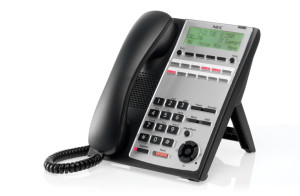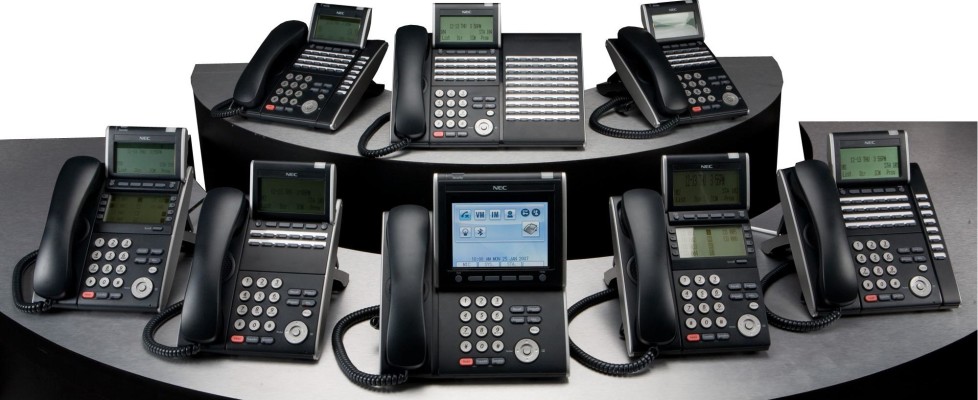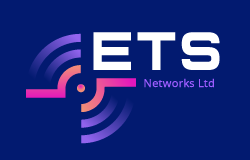As a business starts to grow its telecoms needs develop and become more complex. In fact, if those needs are not met the business’s growth can be slowed or even crippled. However to the uninitiated the world of telecommunications can appear bewildering so this short guide is intended to give a very basic overview about the different types of business telephone systems available.
At its core the business telephone system allows customers and suppliers to contact you, and allows your staff to communicate information within the organisation. But a good system can do so much more to increase efficiency and productivity.
Choosing the telephone system for your business will take careful thought, so we’ve put together this basic guide to help you start the process. If you need more help along the way please feel free to contact us for a no obligation chat.
The Basics
If you have two or more telephone handsets that can make and receive external calls, and transfer calls between them, you have the beginnings of a telephone system.
The jargon that you’re likely to encounter most is PBX and VoIP. We will explain what these are in a moment, but first it is important to understand that all new systems are digital. Meaning that the difference between them is narrowing.
PBX Phone Systems
A Private Branch Exchange (PBX) is essentially a box that connects all your phones together and coordinates the interactions between them. It also manages the external connection to the public system.
The PBX directs incoming calls to the appropriate extension and allocates lines for external calls. It also houses features such as voicemail and call hunting.
With a PBX all the individual components are physically connected to the exchange.
VoIP Systems
Voice over Internet Protocol (VoIP) directs all the telephone traffic over the internet rather than the telephone lines.
VoIP business telephone systems use the same internal network connections as your computers and manages them using software. Clearly when using a VoIP system a reliable internet connection is essential to maintain call quality and avoid call drop-outs.
Now would be a good time to point out that we’re keeping this guide brief, at the expense of going into too much detail about the differences and similarities between modern PBX and VoIP systems.
Features and Benefits
Modern business telephone systems offer a huge range of features. Many of these features were only previously available to large companies with big budgets. Here’s a taste of what’s available:
- Music on Hold – playing music or a recorded message to callers.
- Voicemail – group and individual boxes, remote access and message fowarding.
- Call Recording – for training and quality assurance.
- Call Management – generate reports on number of calls, call duration and much more.
Think about the Supplier
Before getting multiple quotes from suppliers it is worth taking some time to make sure that you understand enough about the systems to ensure that know what you are comparing.
When comparing quotes look out for some of these headers:
- Installation – is testing included? Who will be responsible for training your staff?
- Support – What level of support is on offer, and how much support do you think you will need? Will system upgrades be included?
- Maintenance – Is regular maintenance and servicing included? If not check what the charges are.
- Call Packages – does the supplier offer inclusive packages, if so does are you tied to a contract.
Finding the right system for your business is important. Essex Telephone Systems have been helping businesses of all sizes in and around Essex for many years. Contact us today for a chat about your requirements.


